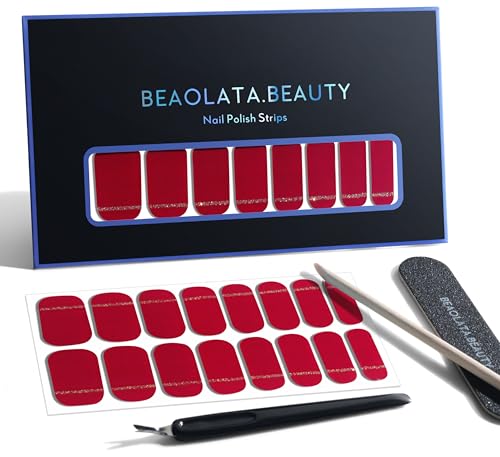One of the things about winemaking that is often difficult to understand is that totally different methods all work fine. "When to first rack?" is the poster child for this oddity.Ok, I hate to be a pain but can you explain why for me? My partner thinks
“I think it’s good to put the wine in a clean and calm environment sooner rather than later. And separated from the chunks and sediment”
Some folks rack whites and fruits around 1.050, to preserve volatile aromas. Others rack around 1.020 or 1.010, or let the wine ferment to dryness. All racking points are fine.
How long has the wine been at 1.040? Your first post was Thursday and the wine was at 1.060 then. If it's been a 1.040 for a day or so, there's probably nothing wrong.
Your partner wants to rack now? His wine, his choice. I'd do as he asks. It's not going to hurt anything, and the act of racking may spur activity in the wine. Note that you may have a lot of activity post-racking, so don't fill the carboy too much, yet. I wrote a few posts regarding what I do -- look at the section titled Racking on my Whitepapers page. Each post is a 5 or 10 minute read.
https://wine.bkfazekas.com/whitepapers/
Note -- I don't do advertising, collection person information, or run a forum (other than being a moderator here).



















![[Upgraded] 9Pcs Tree Root Growing Box with Drain Holes, Half Transparent Plant Rooting Propagation Ball & Metal Core Twist Ties, for Fast Propagation Plants (Size M)](https://m.media-amazon.com/images/I/514MWQxtWOL._SL500_.jpg)


































